Soon fans of Pennsylvania’s historical markers will be braking for 23 new ones. The Pennsylvania Historical and Museum Commission (PHMC) recently approved the next batch of new historical markers at their March 2021 meeting.
Approval Criteria require that marker subjects have statewide and/or national rather than local or regional historical significance as well as having substantial association with Pennsylvania.
The Marker Program encourages broad distribution, so individuals and organizations from all 67 counties are encouraged to research their history and develop nominations for people, places, events, and innovations in their own area.
Allegheny County wins for this year’s most new markers.
Allegheny County was approved for five markers.
- Andy Warhol (Pittsburgh) – 20th century Pop artist from Pittsburgh. His iconic style is recognized worldwide. This unique style combined commercial images with fine art and has inspired numerous modern artists.
- Earl “Fatha” Hines (Duquesne) – Revolutionary jazz pianist that got his start in Pittsburgh. While there he became the first African American on a radio broadcast. He influenced many other jazz greats and his band launched the careers of Billy Eckstein, Dizzy Gillespie, Charlie Parker, Nat King Cole, and others. He was inducted into both Big Band and Jazz Halls of Fame.
- Mary Ella Roberts Rinehart (Pittsburgh) – American mystery writer often compared to Agatha Christie although she predated her. She was a best-selling author of more than 30 novels, short stories, essays, and plays. Many of her works were adapted for stage or screen. She also served as war correspondent during WWI.
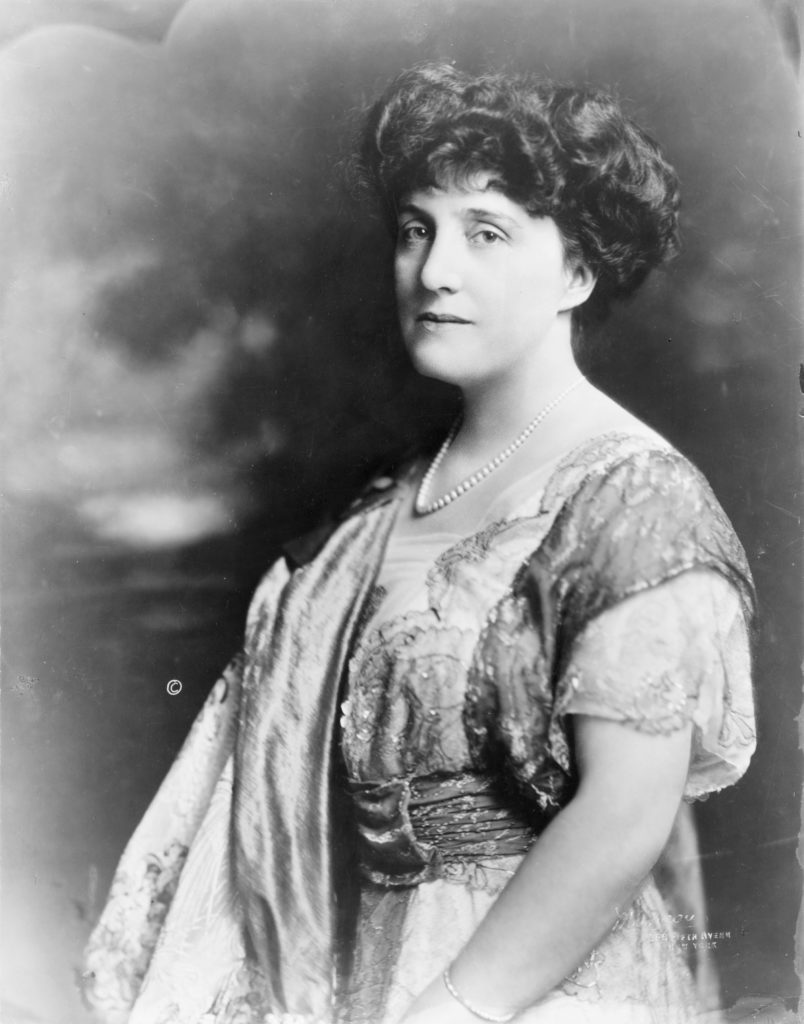
- Out of This Furnace (Braddock) – Novel by Braddock native, Thomas Bell, describing the author’s family experience of working in the local steel mill. It is widely used at colleges and universities worldwide as a text relating to labor, industry, and ethnic studies.
- Pittsburgh Chinatown (Pittsburgh) – Established as early as the 1870s, Chinatown was the cultural and economic center of Chinese community in western Pennsylvania that served Chinese populations in NY, OH and WV. The growth of the community was suppressed by political and labor efforts leading to the Chinese Exclusion Act of 1882. The community was destroyed by the construction of the Boulevard of the Allies in the 1920s and its residents and businesses were displaced. Remnants remained until 1959.
Philly’s newest markers
Subjects that received approval in Philadelphia this year were:
- Anna Elizabeth Dickinson – Quaker abolitionist and women’s rights advocate. She was an eloquent and highly paid public speaker that led to her being one of the most recognized American women of her time. She began public speaking at age 13 and was the first woman to address Congress in 1864;
- Dr. Oscar James Cooper – One of the founders of Omega Psi Phi at Howard University, the nation’s first fraternity established at a historically Black college or university. Following graduation, Cooper became a physician and settled in Philadelphia where he spent his entire career. He continued his role as a founder of many influential organizations including the Philadelphia Chapter of OPP, a charter member of the Pyramid Club, and many other Black charities; and
- Wyck House and Rose Garden – A National Historic Landmark, Wyck served as the ancestral home of one Philadelphia’s leading families from 1690 to 1972 before being taken over by the Wyck Association and opened to the public in 1974. Originally constructed in 1690, the house was renovated by renowned architect William Strickland in 1824 has undergone few changes since that period. Wyck is significant for its gardens, especially the rose garden that retains heirloom plants in their original plan. Many of the varieties exist only at Wyck or have been the source of plant material to other historic properties, such as Monticello.
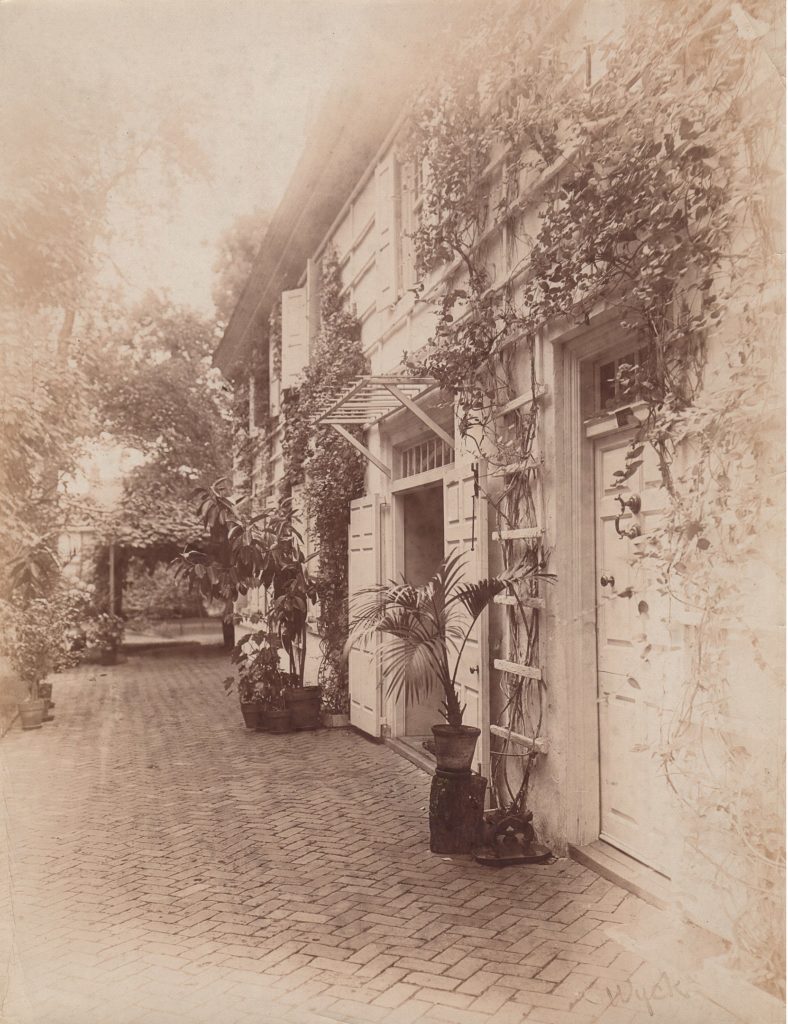
Central and NE PA Markers
Dauphin, Lancaster, and Wayne Counties received two approval each.
- Richard Schlegel (Harrisburg) – Early gay activist that brought the second case in the nation that dealt with being fired due to sexual orientation before the US Supreme Court. He also formed the first gay rights organization chapter (Janus) in central PA.
- Shapp Administration LGBT Initiatives (Harrisburg) – During Governor Milton Shapp’s administration several significant strides were made for gay civil rights. In 1975, an Executive Order prohibited job discrimination for state employees based on sexual orientation, making PA the first state in the nation to provide such protections. In 1978 its scope was interpreted to include trans people, another national first. The PA Council for Sexual Minorities (1976) became the first government body devoted to LGBT Affairs.
- Ephrata Female Composers (Ephrata) – Three members of the Ephrata Cloister religious community were among the earliest documented woman composers in America. Recent research determined that the women not only wrote hymn texts but also composed the music. Ephrata’s society allowed for more gender equality than American society at large.
- Lancaster Caramel Company (Lancaster) – Milton Hershey’s first successful company (1886) that dominated the United States confectionery market. Hershey started a chocolate company as a subsidiary of the caramel company. In 1900, believing caramel was a vanishing fad and greater fortune was in the chocolate market, he sold the caramel company to the American Caramel Company for $1,000,000. He retained the chocolate business that grew into the most successful chocolate company in America.
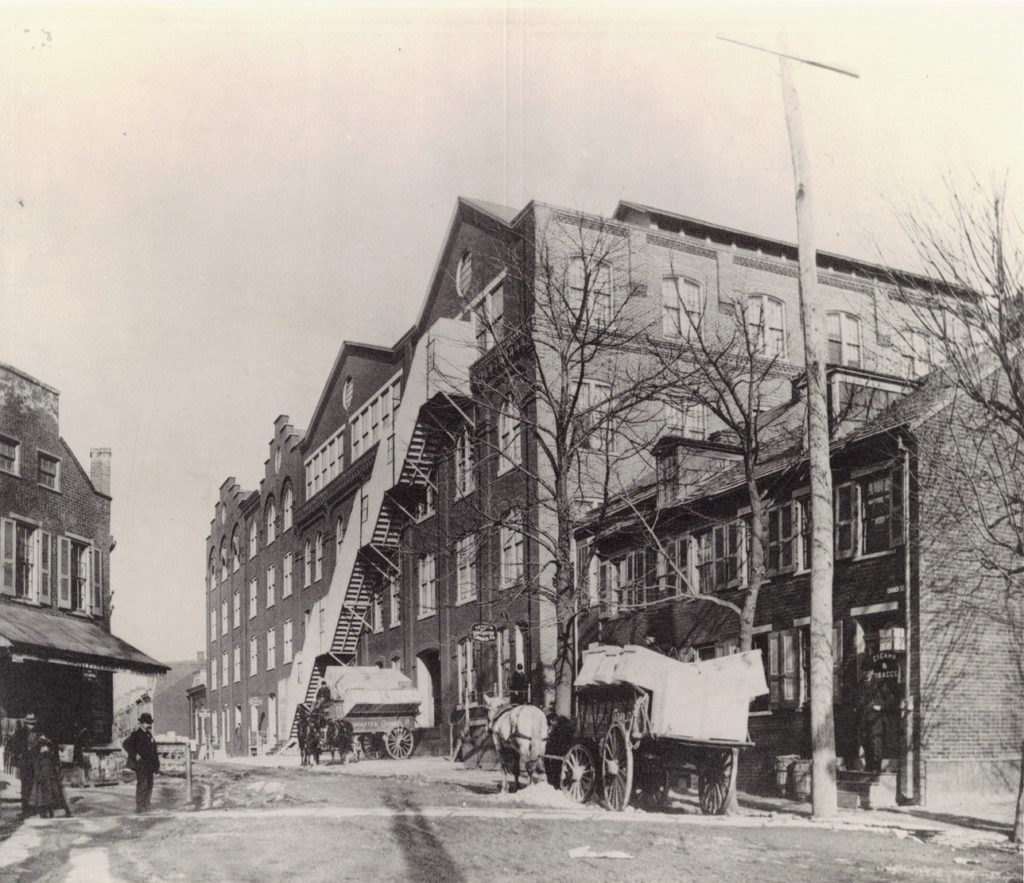
- Gen. Lyman Louis Lemnitzer (Honesdale) – Lemnitzer had a long and storied military career that culminated in his role as Chairman of the Joints Chief of Staff and Supreme Allied Commander of NATO in the 1960’s during the height of Cold War alliances. Following two tours in the Philippines and roles as military instructor, Lemnitzer was instrumental in the North African theater during WWII. When the US entered the Korean War, Lemnitzer, at 51, underwent jump training in order to command an airborne division.
- Winter Wonderland (Honesdale) – Classic Christmas song written by lyricist and PA native Richard Smith. Smith wrote the words while convalescing in a tuberculosis sanatorium outside Scranton and was inspired by the winter scenes he observed out his window. Tragically, Smith succumbed to the deadly disease at the age of 34.
Rounding out the list
Nine other markers were approved throughout the Commonwealth.
- Anna Morris Holstein (Upper Merion Twp., Montgomery County) – Holstein was the lead organizer and instrumental in acquiring and restoring Washington’s Headquarters and its surrounding acreage and in the establishment of Valley Forge as a State and eventually National Historical Park.
- Charlotte Elizabeth Battles (Girard, Erie County) – Battles defied late 19th and early 20th century gender roles by becoming a college graduate and a female bank president. Her most significant role as bank president was her refusal to close the Battles Bank during the Great Depression despite President Roosevelt’s Bank Holiday order for the closure of all banks in 1933. It was described as the only bank in the state and one of few in the nation to remain open and solvent.
- Chinese Workers in Beaver Falls (Beaver Falls, Beaver County) – The first substantial workforce of Chinese immigrants in PA came to Beaver Falls in 1872. The workers were recruited to the Beaver Falls Cutlery Factory to replace white striking laborers. They remained for several years learning specialized skills and assuring profitability for the company because of their reduced wages. Across the nation, other American labor unions and politicians felt theses Chinese workers were a threat and advocated for the passage of the Chinese Exclusion Act in 1882, which remained in effect until 1943.
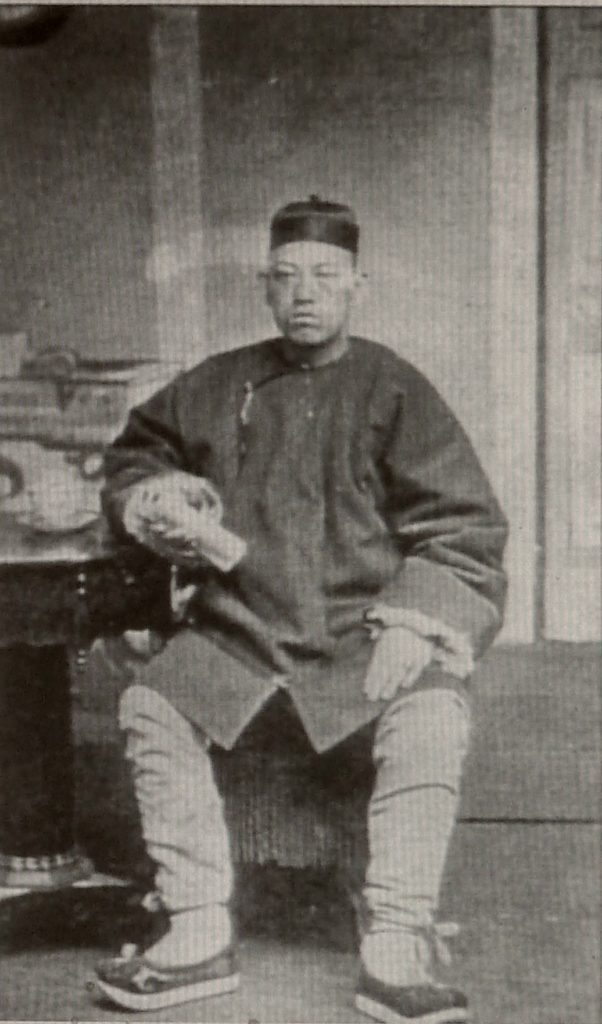
- George Alexander Spratt (West Brandywine Twp., Chester County) – Early aviation design pioneer whose research was instrumental in the Wright Brothers first flight. He performed countless experiments to understand the forces that would keep aircraft aloft. His innovative use of a wind tunnel lead to greater understanding of the effect of lift, drag, and the center of pressure on a curved wing.
- McFate Archaeological Site (Cochranton, Crawford County) – In a 1938 WPA project, archaeologists unearthed a series of overlapping palisaded settlements dating to the Late Woodland Period (1200-1500 AD). The distinctive pottery designs made with wrapped cords found here has been termed “McFate Incised”.
- Mead Island Tradition (Conowango Twp., Warren County) – First discovered in 1964, it is considered an archaeological “Type Site” due to the unique characteristics not previously found in other excavations of the region. Mead Island was the dominant Native American culture within the middle Allegheny River between 960 and 1360 AD.
- Rolling Mill Mine Disaster (Johnstown, Cambria County) – Explosion at the bituminous coal mine owned by the Cambria Iron Co. in 1902. It is cited as one of several in the first decade of the 1900s – the deadliest in the history of US Mining – that contributed to the establishment of the PA Department of Mines. The 112 miners that died were nearly all immigrants from eastern Europe.
- Siberian Iron Works (Leechburg, Armstrong County) – Constructed in 1872, it was one of the earliest foundries in the US to produce black plate and tin plate on an industrial scale. It was founded in response to tariffs imposed on foreign tin plate, primarily obtained from England, in order to meet the demand for the product at a more reasonable price. By 1895 domestic tinplate outpaced foreign 5 to 1 providing many new jobs and a wave of British immigration.
- Stan Musial (Donora, Washington County) – Considered one of the best baseball players of all time, Musial began playing on the local Donora Zincs baseball team while in high school against adult men. Drafted by the St. Louis Cardinals in 1941 and remaining through 1963, he became one of the best hitters in Major League Baseball. A member of both MLB and Cardinals Halls of Fame.
PA-SHARE for your 2022 Marker Nomination
Please note that for the next marker nomination deadline for December 1, 2021 all nominations are to be submitted electronically using our new PA-SHARE web application.
This means no more paper submissions that require twelve copies – count them 12 copies – of the entire application! No more difficult to use Word or fillable PDF forms! No more racing to the Post Office to beat the December 1st deadline!
You can prepare your entire application in PA-SHARE and upload your photographs, excerpts from supporting documents and identify the map location of your proposed marker in one web-based application system.
Please look for announcement for future webinars and training to learn how to prepare your marker nomination in PA-SHARE – or just go ahead and sign in to PA-SHARE on your own and start your nomination!
Comment Policy
PHMC welcomes and encourages topic-related comments on this blog. PHMC reserves the right to remove comments that in PHMC’s discretion do not follow participation guidelines.
Commenters and Comments shall be related to the blog post topic and respectful of others who use this site.
Commenters and Comments shall not: use language that is offensive, inflammatory or provocative (this includes, but is not limited to, using profanity, obscene, or vulgar comments); disparage other commenters or people; condone illegal activity; identify the location of known or suspected archeological sites; post personal information in comments such as addresses, phone numbers, e-mail addresses or other contact details, which may relate to you or other individuals; impersonate or falsely claim to represent a person or an organization; make any commercial endorsement or promotion of any product, service or publication.
If you would like to comment on other topics not related to this blog post but related to PHMC, please fill out the PHMC Contact Us Form.
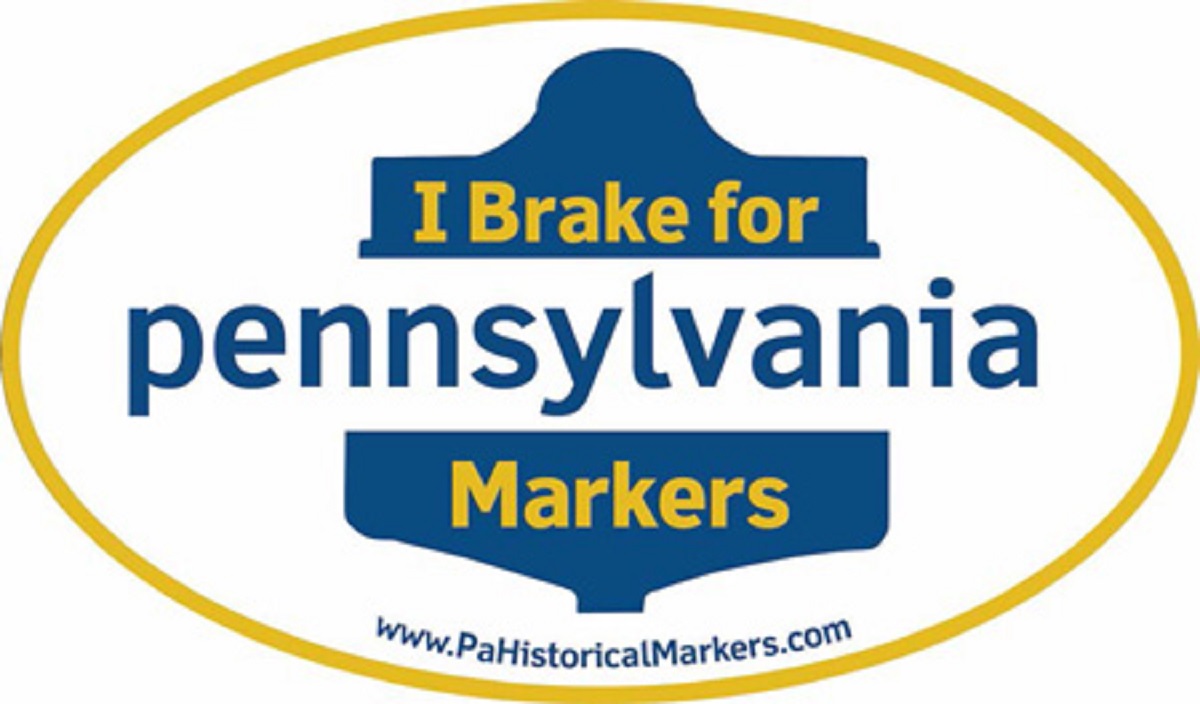
You’re keeping me busy, Karen! 😉
Good morning:
Is there any likelihood that a marker for the First Troop Philadelphia City Cavalry will be approved?